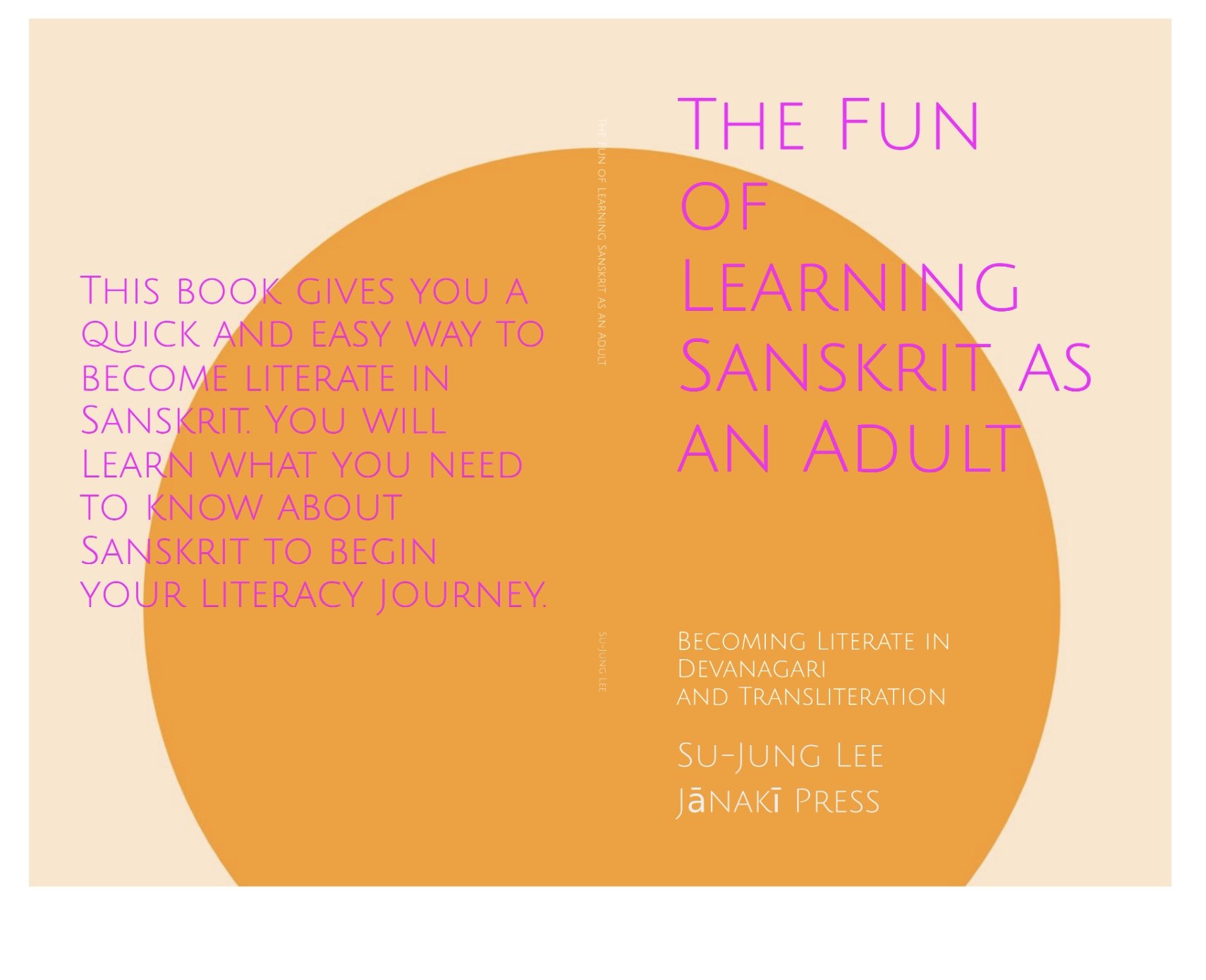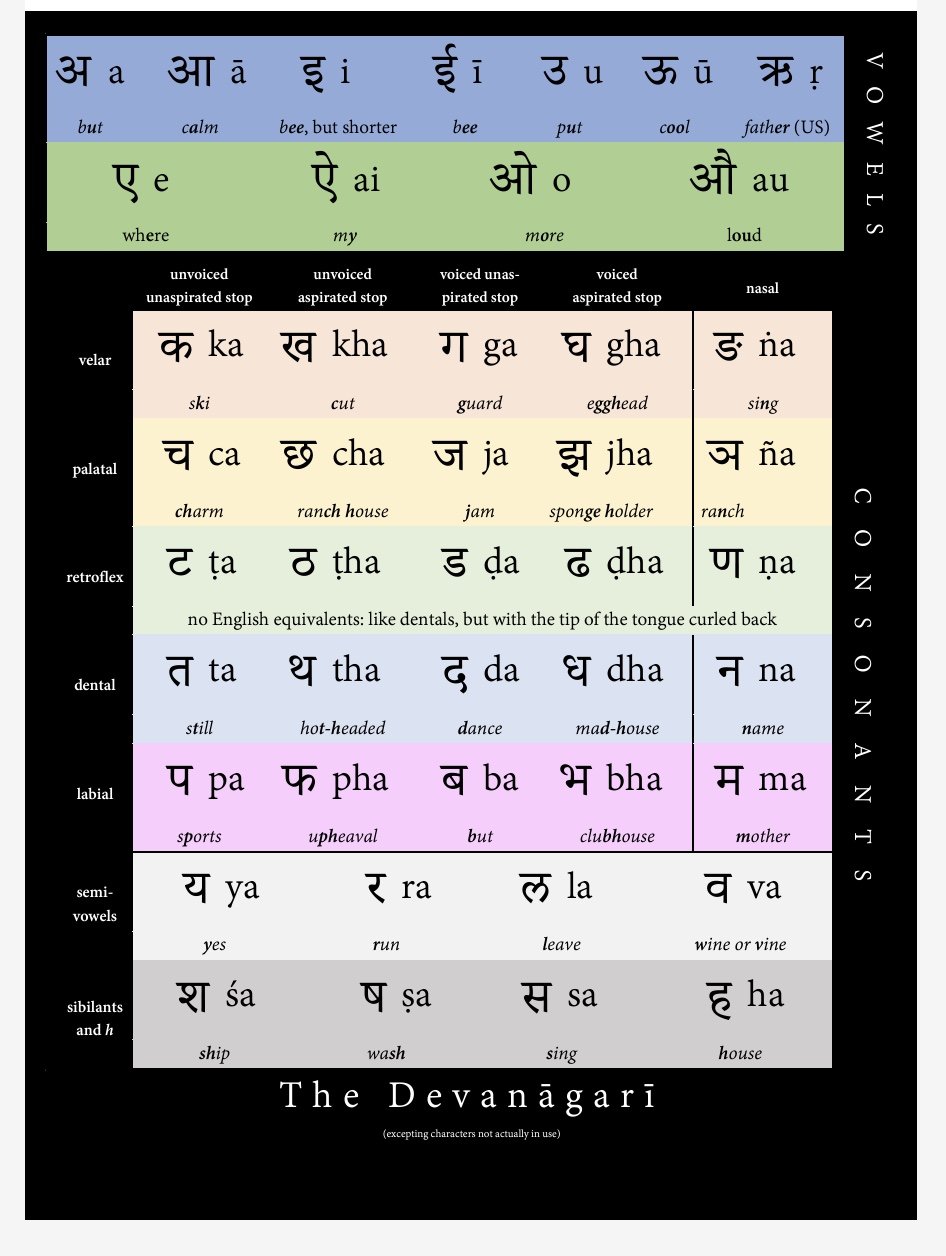2025
Begins February 2, 2025
10:30 am ET | 3:30 pm GMT
Live via Zoom, Monthly + optional tutorials
Becoming the Gita
YOUR COURSE LEADERS:
CAMILLA BAKER
SU-JUNG LEE
Monthly Class link:
Meeting ID: 813 7199 4364
This will be the same link for each of the monthly class meetings.
AUG
Ch. 4 v 4.1 - 4.22 (22 verses)
SEP
Ch. 4 v 4.23 - 4.42 (22 verses)
OCT
Ch. 5 v 5.1 - 5.14 (14 verses)
NOV
Ch. 5 v 5.15 - 3.29 (15 verses)
DEC 12/8 2nd Sunday
Ch. 6 v 6.1 - 6.24 (24 verses)
JAN 1/26 4th Sunday
Ch. 6 v 6.25 - 47 (23 verses)
FEB
Ch. 1 v 1.1 - 1.22 (22 verses)
MAR
Ch. 1 v 1.23 - 1.47 (25 verses)
APR
Ch. 2 v 2.1 - 2.37 (37 verses)
MAY
Ch. 2 v 2.38 - 2.72 (35 verses)
JUN
Ch. 3 v 3.1 - 3.22 (22 verses)
JUL
Ch. 3 v 3.23 - 3.43 (21 verses)
Common translation | Our translation
śraddhā | “faith" श्राद्ध | “certainty born of Direct Experience”
pāpa | “sin” पाप | “consequence of inaccurate expectation”
[shorthand for what you are not to do]
Dharma | “duty" धर्म | “personal role in the evolution of things”
“need of the time”
“point of contact"
-informed by the united field value // Atman
Atman | soul | “Individuality contact with Absolute”
Yagya | Yajña | Sacrifice यज्ञ | "sacred action"
Surrender to Fire of Knowledge
"Knowledge of That has infinite organizing power”
Karma khaṇḍa | Upasana khaṇḍa | Gyana khaṇḍa
2024
RECORDINGS
SOUNDS OF SANSKRIT
Yogic Studies - order posters
Newly formatted Fun of Learning Sanskrit book
Get your own copy by clicking to the left!
Students: request your free PDF
Becoming the Gita
An artistic approach to studying the Bhagavad Gita & Sanskrit.
We will utilize two forms of written Sanskrit:
International Alphabet of Sanskrit Transliteration (IAST)
&
Devanāgarī
INTRODUCING VOWEL AUGMENTS:
+ You will remember that the consonant group has an understood -a attached,
making each consonant sound a syllable, such as “ka” not “k.”
- Therefore, there is a system of changing out the given -a for any other vowel sound,
and in these cases, I call these vowel augments.
Here is an example using the first consonant syllable: ka
ka क | kā का
ki कि | kī की
ku कु | kū कू
kṛ कृ | kṝ कॄ
kḷ कॢ | kḹ कॣ
VARIATIONS OF DIACRITICAL MARKS
long vowels ā ī ū | ḹ ṝ
[last two being more illustrative than commonly used]
associated with velar aka guttural group ṅ [ṁ alternate for ṃ]
associated with palatal group ñ
associated with retroflex ṇ ṭ ḍ ṛ ṣ ḥ
NASALS
ṅ velar aka guttural group [ङ]
ñ palatal group [ञ]
ṇ retroflex group [ण]
n dental group [न]
ṃ labial group [म]
Available notes for students only:
Chapter notes with transliteration and Devanagari
Corresponding Class Lecture Slides





